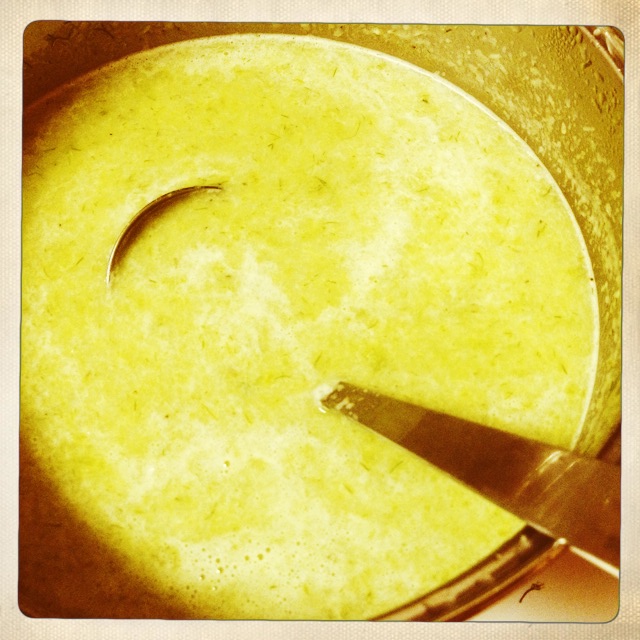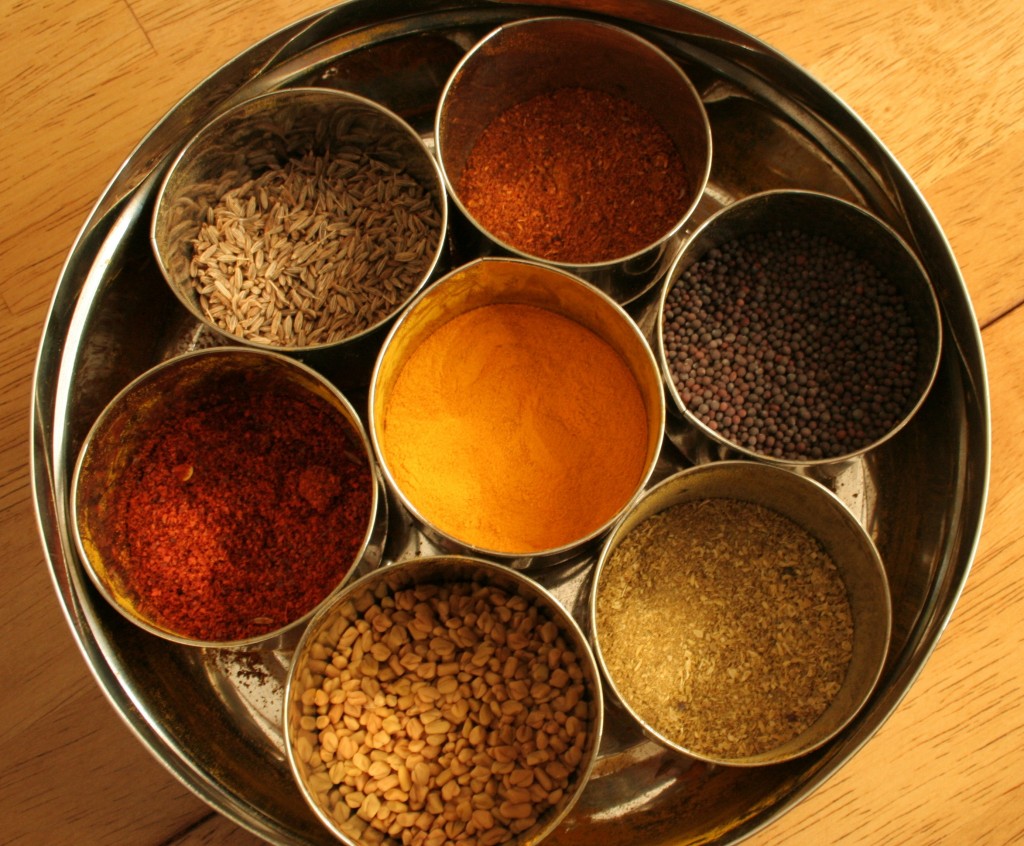 “We eat better at home than most people do in restaurants.”
“We eat better at home than most people do in restaurants.”
I wish I could take credit for this one line, that I truly regard as a statement of truth. But it comes from Dr. Morris Wizenberg, father of Molly, the warm and friendly and spirited voice behind one of my favorite blogs, Orangette.
I have been reading Orangette for a long time now, and I also own copies of Molly’s books, Delancey and A Homemade Life, both of which are worthy of repeat readings. I must confess, I have not cooked much (or anything, probably) from Molly’s blog but her beautiful writing keeps bringing me back to it.
About eating better at home…. I couldn’t agree more. P and I have often felt the same. Digging into a steaming bowl of bajra-moong khichdi, nourishing and hearty and delicious in all the right ways, is a blissful experience. At work, lunch is often a mound of brown basmati rice with a generous serving of bright yellow kale moong dal, spiced with turmeric, lime juice, cumin and mustard seeds. The simple, clean flavors bowl me over every time. Or maybe it is the highly slurpable rice noodle soup with vegetables, seasoned with Bragg’s liquid aminos, fresh ginger and toasted sesame oil, that hits the spot on a blustery, windy Atlanta day. Sometimes, it is also P’s excellent Punjabi chhole that he makes sans onion and garlic, at my behest. Quite often, it is a simple slice of toasted multi-grain spelt bread with a generous slathering of Earth Balance buttery spread, layered with avocado slices, black salt and freshly ground pepper.
This happens a lot. And I am no accomplished cook. I just like to eat at home, mostly.
I stick to a simple routine. I use basic recipes. I don’t have an exhaustive spice “wardrobe.” (I just made up that term right now.)
It is probably a combination of the fact that I don’t snack much + I cook with fresh, organic produce (as much as I can) + the food is freshly cooked… that the most delicious, satisfying meals I have ever eaten have emerged out of the four gas burners in my kitchen.

